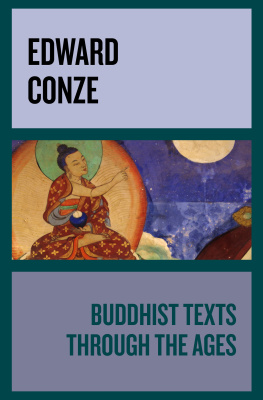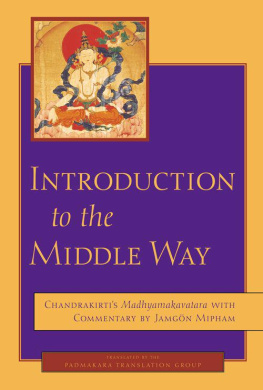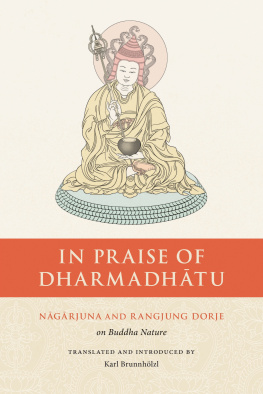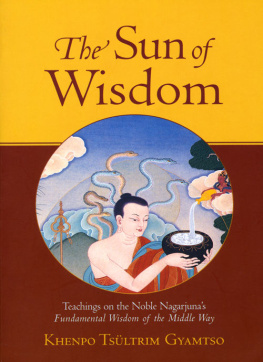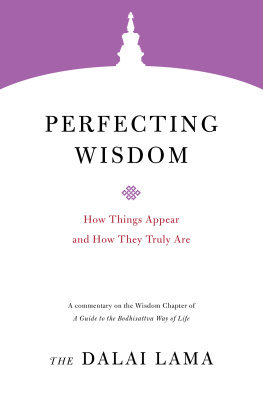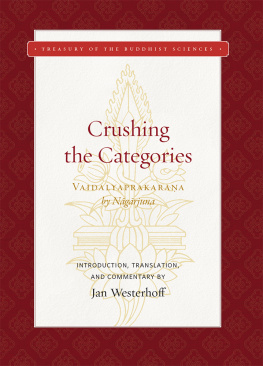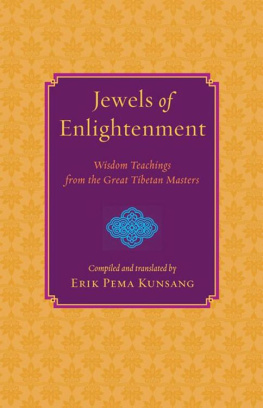Christian Lindtner - Master of Wisdom: Writitngs of the Buddhist Mastar Nagarjuna
Here you can read online Christian Lindtner - Master of Wisdom: Writitngs of the Buddhist Mastar Nagarjuna full text of the book (entire story) in english for free. Download pdf and epub, get meaning, cover and reviews about this ebook. year: 1997, publisher: Dharma Publishing, genre: Religion. Description of the work, (preface) as well as reviews are available. Best literature library LitArk.com created for fans of good reading and offers a wide selection of genres:
Romance novel
Science fiction
Adventure
Detective
Science
History
Home and family
Prose
Art
Politics
Computer
Non-fiction
Religion
Business
Children
Humor
Choose a favorite category and find really read worthwhile books. Enjoy immersion in the world of imagination, feel the emotions of the characters or learn something new for yourself, make an fascinating discovery.

- Book:Master of Wisdom: Writitngs of the Buddhist Mastar Nagarjuna
- Author:
- Publisher:Dharma Publishing
- Genre:
- Year:1997
- Rating:4 / 5
- Favourites:Add to favourites
- Your mark:
- 80
- 1
- 2
- 3
- 4
- 5
Master of Wisdom: Writitngs of the Buddhist Mastar Nagarjuna: summary, description and annotation
We offer to read an annotation, description, summary or preface (depends on what the author of the book "Master of Wisdom: Writitngs of the Buddhist Mastar Nagarjuna" wrote himself). If you haven't found the necessary information about the book — write in the comments, we will try to find it.
Master of Wisdom: Writitngs of the Buddhist Mastar Nagarjuna — read online for free the complete book (whole text) full work
Below is the text of the book, divided by pages. System saving the place of the last page read, allows you to conveniently read the book "Master of Wisdom: Writitngs of the Buddhist Mastar Nagarjuna" online for free, without having to search again every time where you left off. Put a bookmark, and you can go to the page where you finished reading at any time.
Font size:
Interval:
Bookmark:
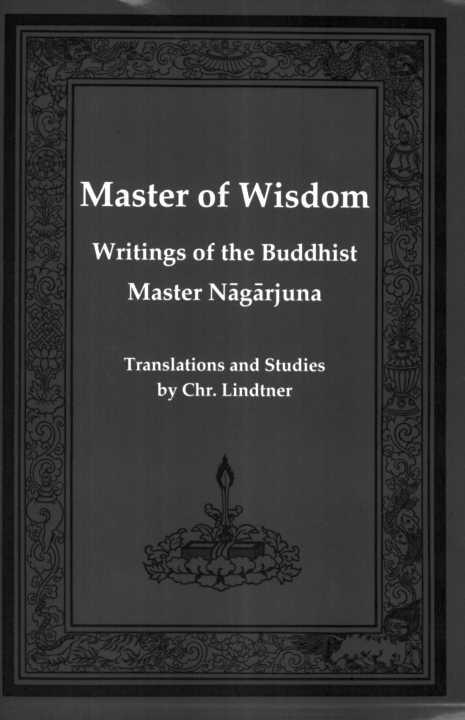
Master of Wisdom
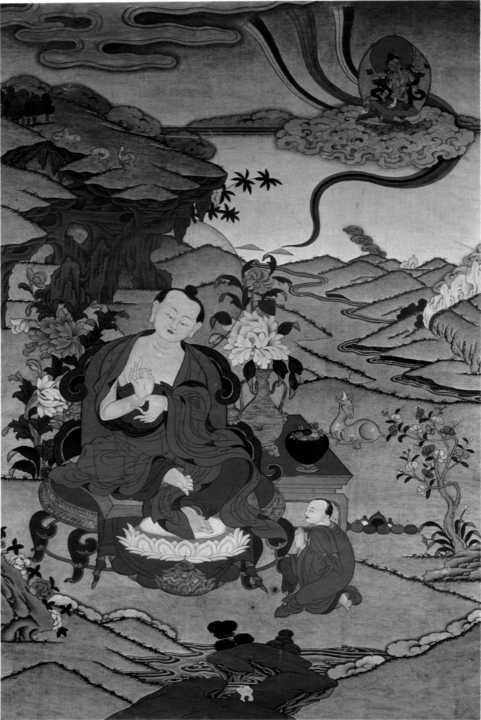
Arya Nagarjuna
Master of Wisdom
Writings of the Buddhist
Master Nagarj una
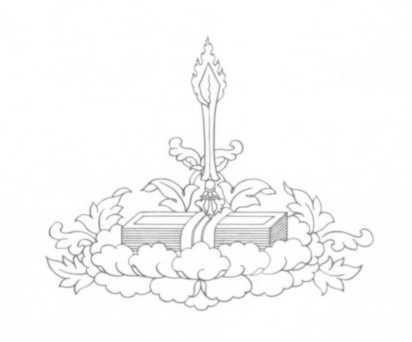
Translations and Studies
by Chr. Lindtner
Yeshe De Project





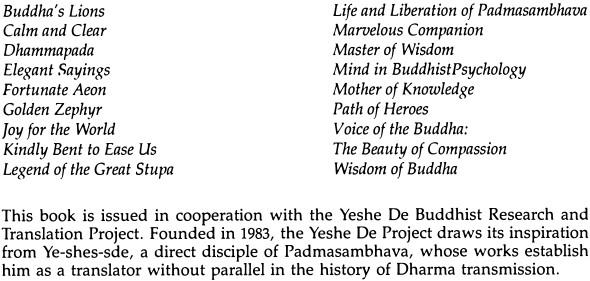

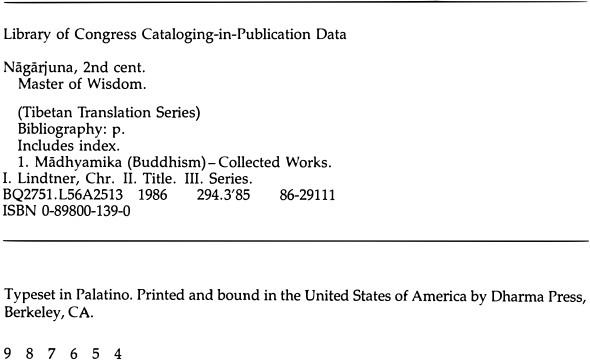
Publisher's Preface
Honiage to the Buddha, Marina, and Sanglia
In the history of Buddhism, the great master Nagarjuna stands out with a splendor matched by few others. His teaching and activity on behalf of the Dharma are virtually unparalleled, and his writings have had enormous influence not only within the Buddhist tradition, but also on the other philosophical traditions of India. Today that influence is beginning to be felt in Western thought as well.Several Buddhist scriptures contain prophecies stating that Nagarjuna would appear five hundred years after the time of the Buddha. Based on Western scholarship, this would place him in the first century of the Christian era, a time when the Mahayana was first becoming widely known. His impact on the Dharma and on the Buddhist community in this time of transition and transformation was incalculable.Nagarjuna was an early abbot of Nalanda, and he laid the groundwork for the later flourishing of Buddhist universities at Nalanda, Vikramasila, and elsewhere. In founding the sastra tradition, he showed the role that human intelligence could play in attaining inner realization. Largely through his efforts, the exploration of the highest forms of knowledge became a central focus of Buddhist practice.At the same time, Nagarjuna explored more esoteric paths to realization, transmitting to his students methods and attainments of the deepest significance. He supported preservation of the stupa built at the site of the Buddha's enlightenment in Bodh Gaya, and constructed temples and erected stupas throughout all of India. He is said to have traveled to nonhuman realms as well, including the realm of the nagas, from which he returned with the text of the Prajnaparamita in 100,000 lines. His writings, which span the range of human knowledge, spread from India to Tibet and China, where they were quickly translated from the Sanskrit. Commentaries on his works abounded in both India and Tibet, shaping centuries of philosophical inquiry.Nagarjuna devoted himself to understanding the Buddha. He sought to determine how the Enlightened One had come to be and how he had attained realization. He explored and celebrated the beauty and special qualities of this exemplary being, who transcended the conventional human realm, yet epitomized the perfection of human possibilities.Nagarjuna's investigations into the Buddha's special understanding led him to the Prajnaparamita, known as the mother of the Tathagatas. Turning to the study of the Prajnaparamita with all his energy and insight, Nagarjuna came to know the inner heart of reality as sunyata. Cutting through all extremes and dichotomies, he became one of the first to systematically establish the Madhyamaka, or Middle Way, thereby founding a firm philosophical basis for the Mahayana. His exploration of the two truths, the validity of conceptual knowledge, and the interdependence of all phenomena established a framework used by generations of leading thinkers and countless meditators.Modern Western scholars have suggested that there may have been several Nagarjunas, whom the tradition has mistakenly treated as one. They have also cast doubt on the authenticity of many of the works ascribed to Nagarjuna by the Tibetan and the Chinese canonical traditions. Such theories have their origin in the great love that scholars have always had for speculation. While they certainly raise important questions, they have also had an unfortunate tendency to create confusion. It will require much continuing effort by new generations of dedicated scholars to set these issues straight once and for all.The present work contains translations and editions of a number of key works by Arya Nagarjuna, together with a wide range of useful studies by Dr. Lindtner. At this early stage in our knowledge of the Buddhist tradition, it would be unrealistic to expect definitive treatments. However, Dr. Lindtner's efforts reflect extensive study and care, and we are most grateful to be able to present them. There remain many additional works by Nagarjuna that are not yet available: works of beauty, sophistication, and depth that speak to the concerns of modern thought and to the issues that daily confront those who seek to walk the path of realization. We hope that in the future we will be able to present more such works in translation.In preparing the present edition, we have had excellent cooperation throughout from Dr. Lindtner. An earlier version of this work was published by Dr. Lindtner himself in Denmark. In order to make the work accessible to a wider audience, we have substantially rearranged the materials presented. Dr. Lindtner has provided a list of corrections to his earlier edition, which we have incorporated in the text, and he has been kind enough to translate specially for this edition some of the Sanskrit and Tibetan passages cited in his concluding essay. He has also given us permission to include among the editions presented here his critical edition of the Sunyatasaptativrtti, a commentary by Arya Nagarjuna on his own root text.In addition, we have added to this edition a glossary, index, and other finding aids as well. The glossary is based almost exclusively on terms that Dr. Lindtner had originally presented parenthetically in the translations, and thus cannot be considered complete. However, it should still prove useful to students interested in further Madhyamaka studies. We hope that the other materials presented will also encourage further study, together with an ever-deepening appreciation for Nagarjuna's writings.Finally, we have made numerous minor editorial changes in the translations (as well as a few elsewhere in the book) for the sake of clarity and simplicity in the design and in the language, or for students who would like to see how the Tibetan has been rendered into English. Some of the changes are also intended to maintain consistency, either internally or else with terminology and usage adopted in some of our previous books (for example, we have treated 'samsara' and 'nirvana' throughout as English words). Dr. Lindtner kindly gave us considerable leeway in this regard. Of course, working with texts of such difficulty, we have sought to change the translations only in ways that would not affect the meaning, and have consulted with Dr. Lindtner whenever we believed this to be an issue. Nonetheless, the responsibility for any inaccuracies that may have resulted is ours.For readers who wish to compare the translations with the facing transliterated Tibetan, it should be noted that Tibetan and English may not always correspond, because Dr. Lindtner drew on the original Sanskrit wherever that was available. Interested readers can consult the Sanskrit editions presented in Part II of the book. (For the Sunyatasaptati, readers should also compare the Tibetan verses as they are presented in Nagarjuna's commentary, also reprinted in Part II - in some cases there are significant differences.) The following list presents a few instances of verses for which Dr. Lindtner's translation follows the Sanskrit rather than the Tibetan: CS It 2, 14; CS III, 32, 42, 56.For many years now we have wanted to focus more effort on the publication in English of works from the sastra tradition, works which offer a wealth of teachings in a form well-suited to certain characteristics of the Western mind. For some time we had to put this project aside while we worked on preparing a complete edition of the Tibetan Buddhist Canon. Now, however, we are ready to begin anew. This book is a suitable starting point, for Nagarjuna can be regarded as the founder of the sastra tradition. He and the later master Asanga are known in Tibet as the two excellent ones, or the two great lions, while Asanga's brother Vasubandhu is considered the greatest of the sastra interpreters.Among other leading figures of the sastra tradition are Nagarjuna's disciple Aryadeva and the Madhyamika masters Bhavaviveka and Candrakirti. Dignaga and Dharmakirti are the greatest among those who explored epistemology and logic, while Gunaprabha and Sakyaprabha revealed the depths of the Vinaya, and Candragomin and Santideva are chief among those who established the vision of the Bodhisattva path. Their works, together with those of dozens of other masters, offer an unsurpassed wealth of teachings that we hope will become increasingly available to the West in the years to come.With this project in mind, we express our sincere wish that the present work be the forerunner of many more, and that each in turn mark an improvement in form and content over those that have come before. Anyone interested in joining us in making that goal a reality is invited to contact Dharma Publishing for more information.In readying this book for publication, Jack Petranker provided technical editing, prepared the glossary and index, and supervised other aspects of production. Several other staff members gave generously of their time and energy to make publication possible. We extend to all of them our thanks, and in particular wish to express our appreciation to Dr. Lindtner for his unfailing courtesy and flexibility.Next pageFont size:
Interval:
Bookmark:
Similar books «Master of Wisdom: Writitngs of the Buddhist Mastar Nagarjuna»
Look at similar books to Master of Wisdom: Writitngs of the Buddhist Mastar Nagarjuna. We have selected literature similar in name and meaning in the hope of providing readers with more options to find new, interesting, not yet read works.
Discussion, reviews of the book Master of Wisdom: Writitngs of the Buddhist Mastar Nagarjuna and just readers' own opinions. Leave your comments, write what you think about the work, its meaning or the main characters. Specify what exactly you liked and what you didn't like, and why you think so.

